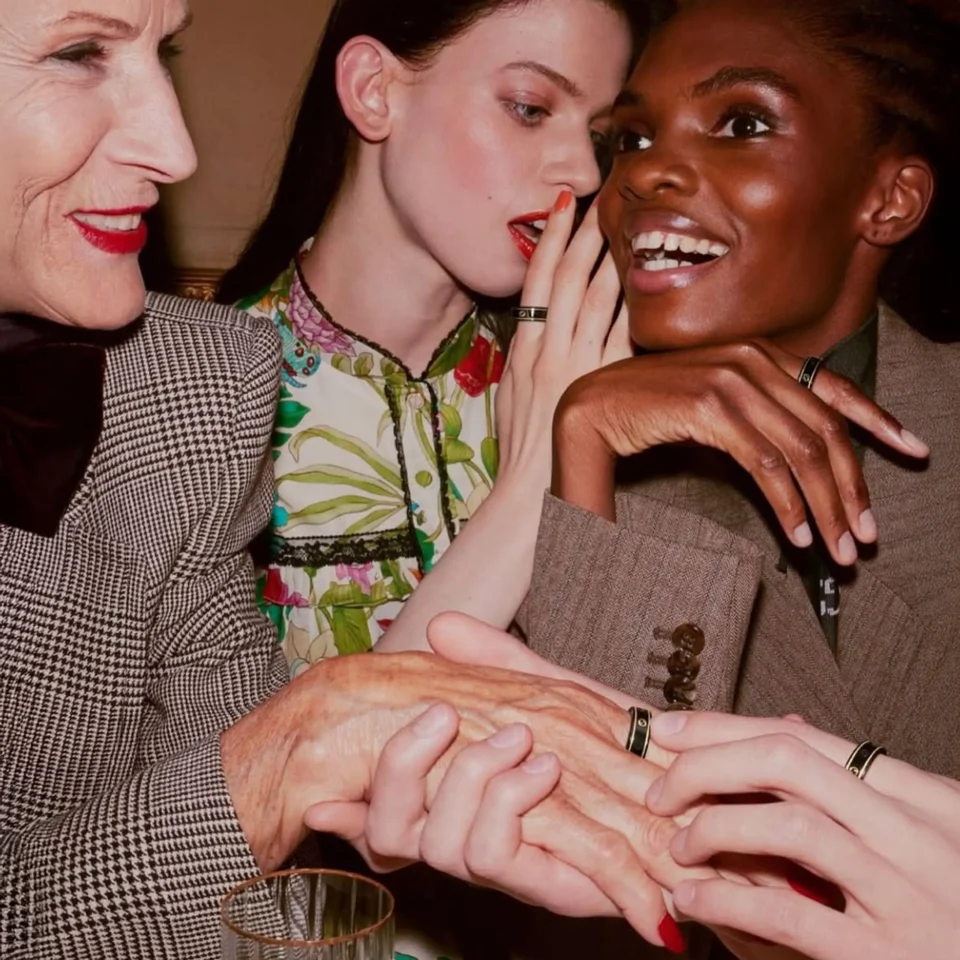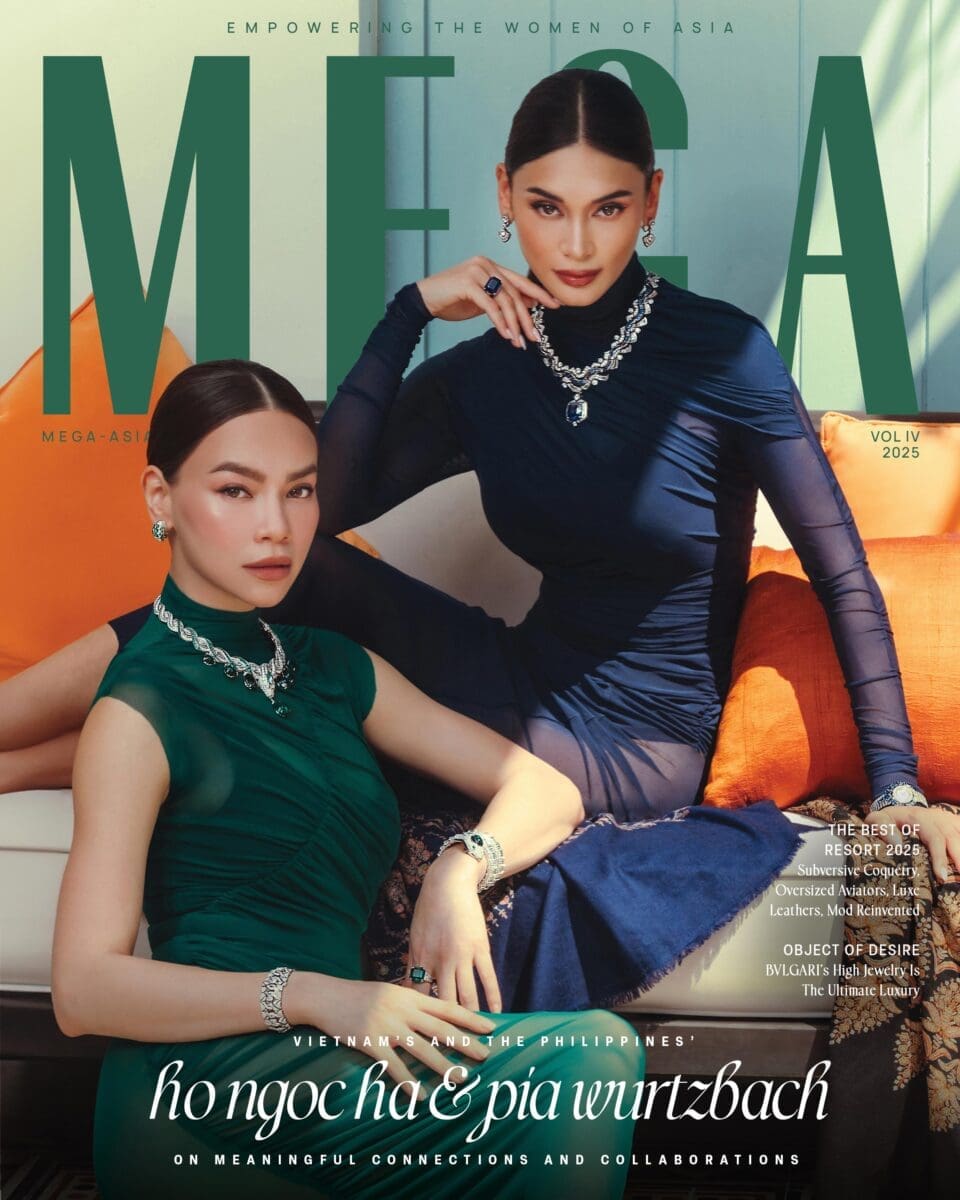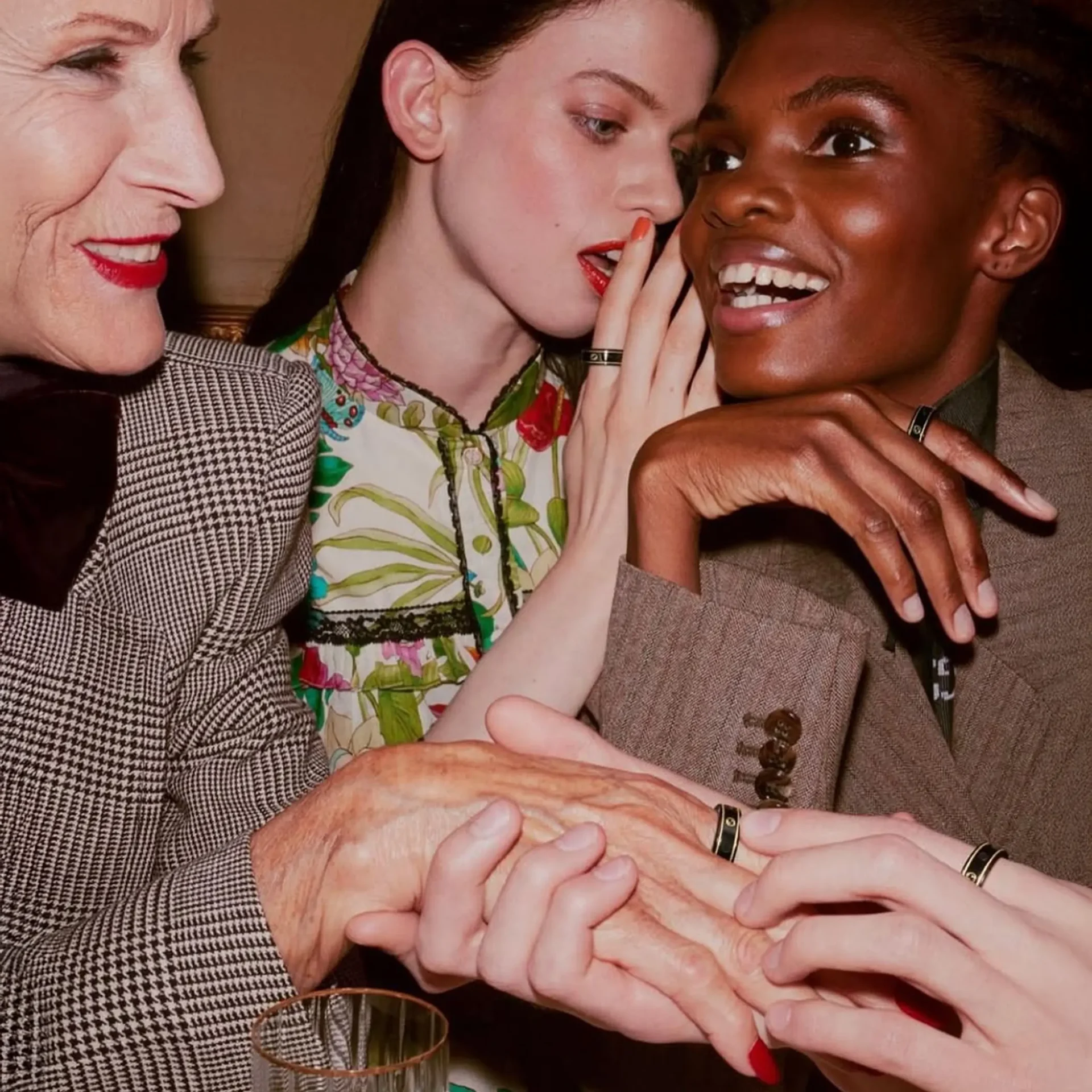Attachment styles shape how we love—understanding them might just be the key to better relationships
As Valentine’s Day approaches, love is in the air—and so is the opportunity to rethink how we connect with others. Whether navigating the early stages of dating, recovering from a breakup, or seeking to enhance one’s dating life, understanding how attachment styles influence relationships can be crucial. Relationship expert and certified matchmaker Vanessa Antonio, better known as Coach Vee, helps individuals around the world navigate the complexities of love. With a Master’s in Sociology and nearly a decade of experience in social research, she combines the science of dating with real-world wisdom to guide clients toward lasting, meaningful connections. Ahead, she shares her expertise on how understanding attachment styles can significantly impact the way we approach dating and relationships.
RELATED: This Is Your Love Language Based on Your Favorite Romance Movie
Understanding attachment styles offers valuable insight into why we behave the way we do in relationships. Coach Vee highlights how these styles are deeply rooted in our childhood experiences, with the anxious, avoidant, and disorganized styles often reflecting unresolved emotional needs from that time. “If you were an anxious child, for example, you might have felt abandoned or insecure, and those feelings carry over into your adult relationships,” she explains. This connection is why pairing the right attachment styles matters so much in matchmaking: the goal is to ensure that partners can meet each other’s needs, not amplify their fears.

At the core of attachment theory is the idea that love is about meeting unmet emotional needs. As Coach Vee puts it, “The reason why we fall in love with somebody is because they are meeting a need in us, whether it’s emotional support, care, or even something financial.” She explains that many people subconsciously seek the love they lacked in childhood through their adult relationships. “What you lack in childhood, you try to find in your adult life,” she says, noting that sometimes people are drawn to partners who can provide the emotional connection they missed growing up. The subconscious desire to heal old wounds often shapes the dynamics of romantic relationships.
Decoding Attachment Styles: The Key to Understanding Your Love Life
When it comes to attachment styles, the secure type is often the easiest to match. People with this style are comfortable in relationships, trust their partners, and communicate effectively. Coach Vee explains, “They believe that humans are innately good, and they’re secure on their own. Because of this, they’re likely to attract healthy relationships—they don’t carry negative energy.” Their stability creates a strong foundation for building lasting connections.
In contrast, those with an anxious attachment style often struggle with a deep fear of abandonment. “Anxious individuals can be clingy because they’re constantly seeking reassurance,” Coach Vee says. They tend to worry about being left behind and may struggle with low self-worth. “If you’re with someone who has an anxious attachment, you need to be someone who is comfortable offering reassurance, as without it, they can slip into panic mode,” she explains. The anxiety stems from a belief that if they’re not constantly validated, they’ll be replaced. In this dynamic, consistent emotional support is key to maintaining balance.

For individuals with an avoidant attachment style, emotional distance is often a defense mechanism shaped by past hurt. “They’ve been hurt before—by a parent, friend, or lover—and to protect themselves, they leave first before they can be abandoned,” Coach Vee explains. This results in a strong, independent persona, but beneath the surface, they yearn for reassurance. “You have to give them space, but you still need to assure them, ‘I’m here for you, and I’ll take care of your heart,'” she advises. The key is patience—avoidants open up at their own pace, and when they do, it’s a vulnerable moment that signals trust. “They’re like cats,” Coach Vee notes, “you need to let them come to you, or they’ll scratch you.”
The disorganized attachment style, however, is the most complex. “It’s a fearful-avoidant style, where the person is unpredictable—hot and cold,” Coach Vee describes. Those with a disorganized attachment often crave intimacy, but push it away when they feel too vulnerable. “They give you just enough love to keep you hooked, but then pull away. It’s addictive, like a cliffhanger in a movie,” she says. This constant push and pull can make these relationships toxic and unstable. Coach Vee points out that individuals with this attachment style often carry unresolved childhood trauma, making it difficult for them to fully commit without keeping their guard up. “They need therapy or outside help to process these issues, or they’ll end up in situationships, avoiding commitment entirely,” she warns. For these individuals, clear communication and patience are vital, but healing is often necessary before a healthy relationship can form.

Matching Attachment Styles: Chemistry or Chaos?
Understanding attachment styles is essential for creating healthy, lasting relationships, and Coach Vee underscores the importance of pairing individuals who complement each other’s needs. While a secure person can connect well with another secure individual, or even with anxious, avoidant, or disorganized types, some combinations are more challenging. The most problematic pairing, according to Coach Vee, is anxious and avoidant. “Anxious individuals need constant reassurance and closeness, while avoidants are emotionally distant and keep their guard up to protect themselves,” she explains. This creates a toxic dynamic where the anxious person feels abandoned, and the avoidant partner’s lack of emotional engagement exacerbates the situation, often leading to frustration and resentment.
On the other hand, an anxious person’s best match is a secure partner. “Secure people are comfortable with love and open communication. They can provide the reassurance and stability that an anxious person needs, without fear of vulnerability,” Coach Vee points out. This creates a balanced relationship where both partners’ emotional needs are met.
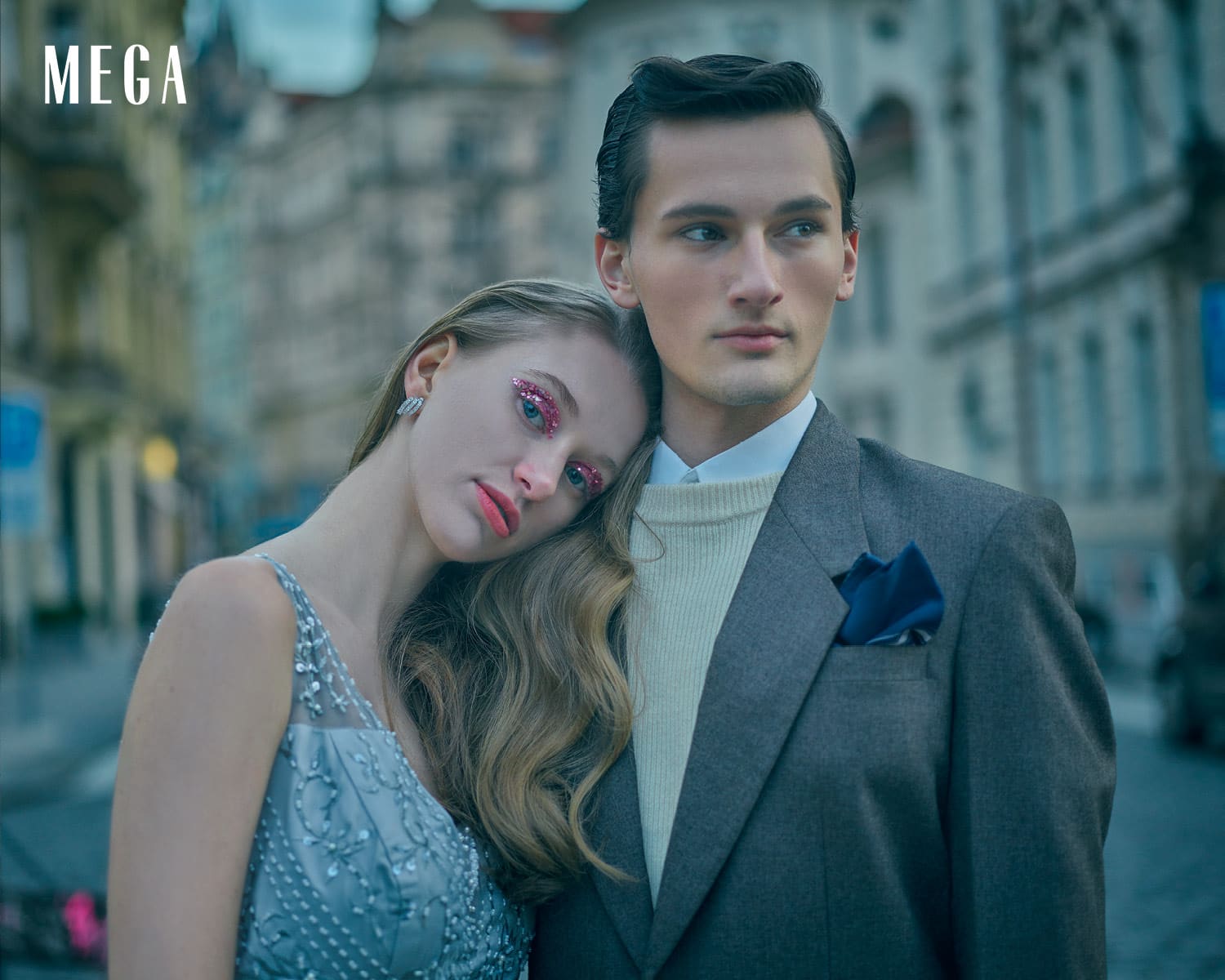
In contrast, when anxious individuals are paired with avoidants, the relationship tends to be filled with emotional turmoil. “Anxious individuals seek deep connection and affection, but avoidants withdraw, leaving the anxious partner feeling unfulfilled and constantly questioning the relationship,” she explains. This leads to a cycle of emotional tension and drama, often leaving both partners feeling exhausted. The mismatch can make the relationship feel more like a struggle than a partnership, with the anxious person constantly chasing love and the avoidant partner pulling away.
Managing Your Attachment Style: Small Shifts, Big Impact
The possibility of changing attachment styles for healthier relationships is a nuanced one, and Coach Vee explains that while complete transformation may not be possible, growth and management are entirely within reach. Drawing on her background in developmental psychology and sociology, she emphasizes that attachment styles, formed in early childhood, often persist into adulthood. However, individuals can learn to manage their attachment style and develop healthier ways of relating to others. “You can work towards becoming more secure,” she says. “It’s about learning coping strategies, like self-soothing, which can be a game-changer in dating.”
Self-soothing, Coach Vee elaborates, is essential for managing anxiety within relationships. “It’s all about self-talk,” she explains. “Tell yourself, ‘It’s okay. I will be fine whether they cheat or not.’ When you’re anxious, instead of relying on your partner to soothe you, take responsibility for calming your own nervous system.” She suggests activities like going to the gym, getting a massage, or even spending time with friends as ways to shift the focus from anxiety to self-care. “If you don’t manage your anxiety, it becomes your partner’s responsibility—and that can lead to resentment,” she points out. By redirecting attention away from the partner and focusing on personal well-being, individuals can start to break patterns of dependence and build emotional resilience.
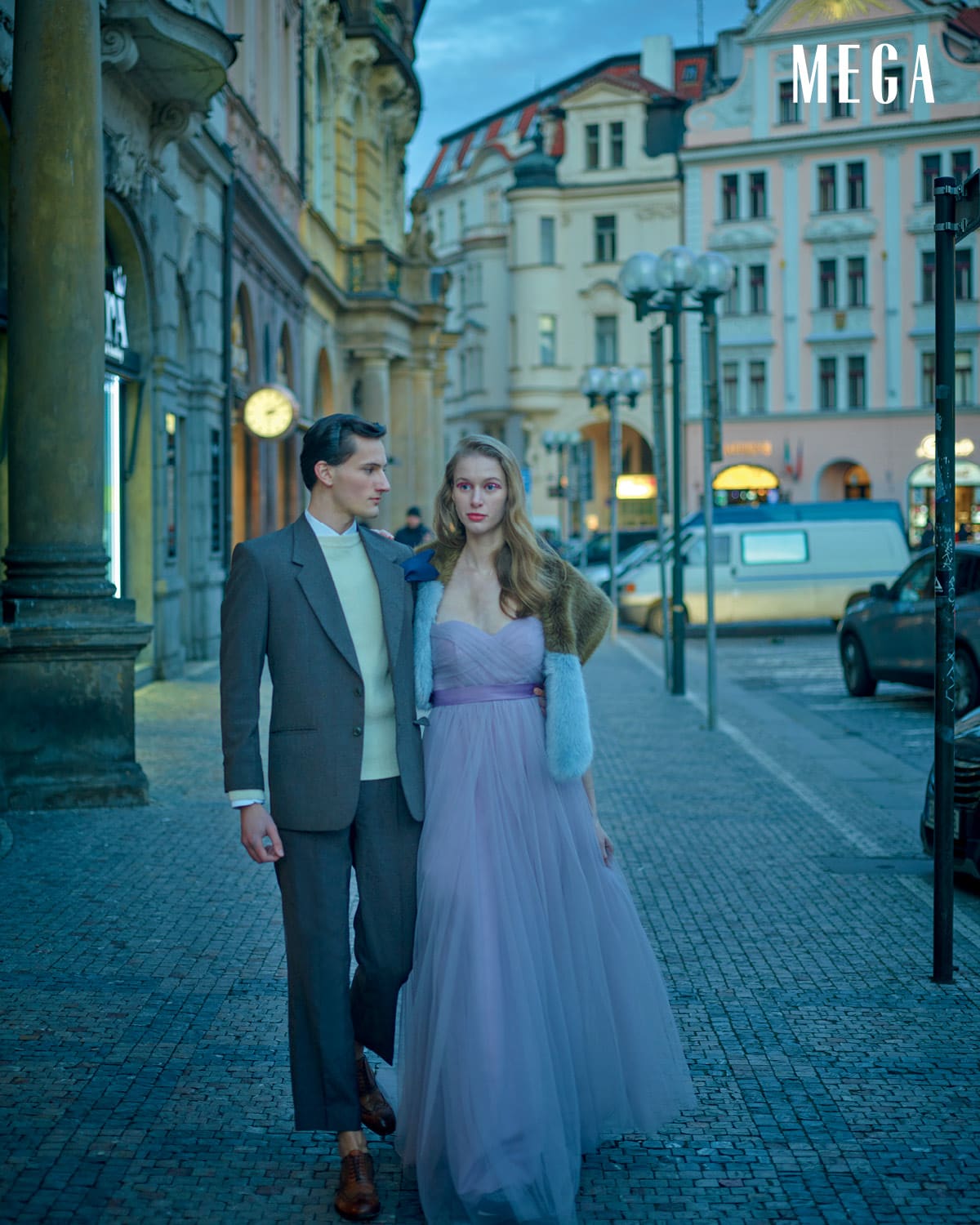
Coach Vee also highlights the importance of self-awareness in managing attachment styles. “When you recognize your anxiety is triggered, you can choose how to respond,” she notes. “Instead of texting your partner constantly, you can decide to live your life, enjoy time with friends, and let them come to you.” This approach helps individuals shift from reactive behaviors to more balanced and mindful ones. “It’s about rewriting your history,” she says, acknowledging that it may take time to break old habits. While changing an attachment style entirely may be a long-term process, adopting healthy coping mechanisms and being more self-aware can lead to significant improvements in how we relate to others.
Lastly, Coach Vee encourages people to release blame toward their parents for shaping their attachment styles. “Don’t blame your parents,” she advises. “They did the best they could with what they knew. Now, as an adult, you have the power to self-parent and heal yourself.” Recognizing the influence of childhood experiences is important, but it’s equally vital to take ownership of one’s emotional health and not remain a victim of past circumstances. “Parents may have their own struggles in love, and that’s why they might have unintentionally shaped your attachment style,” she explains. “But you can still heal and move forward. You are not defined by your past, and you have the power to change your relationship patterns.”
Photos and Featured Image: MEGA ARCHIVES, GUCCI (via Website)




